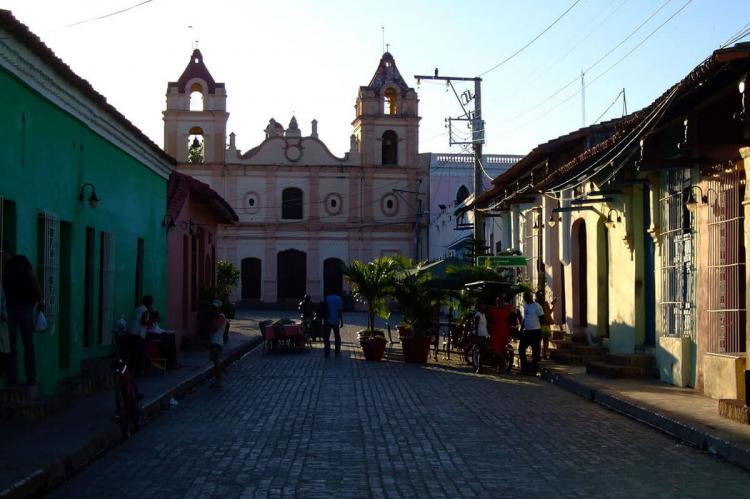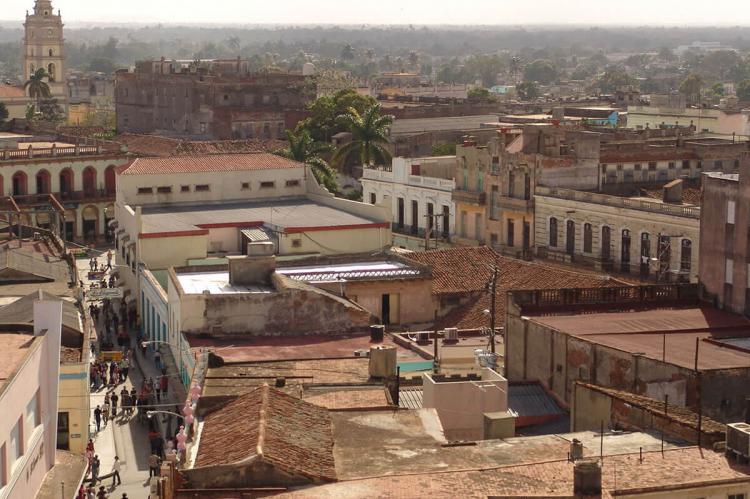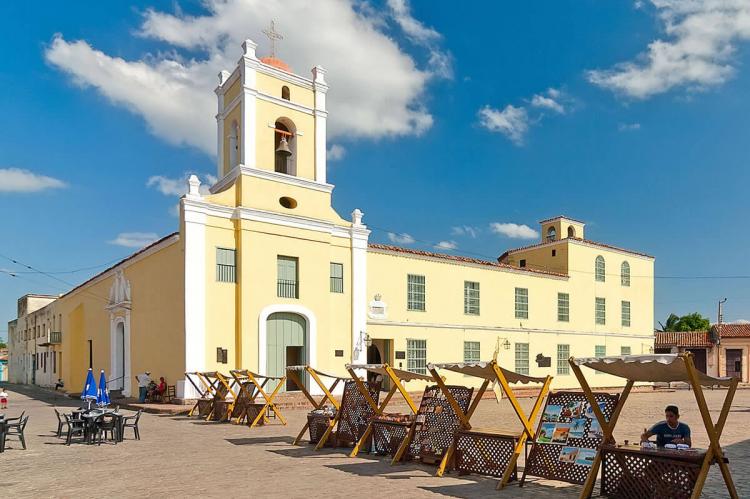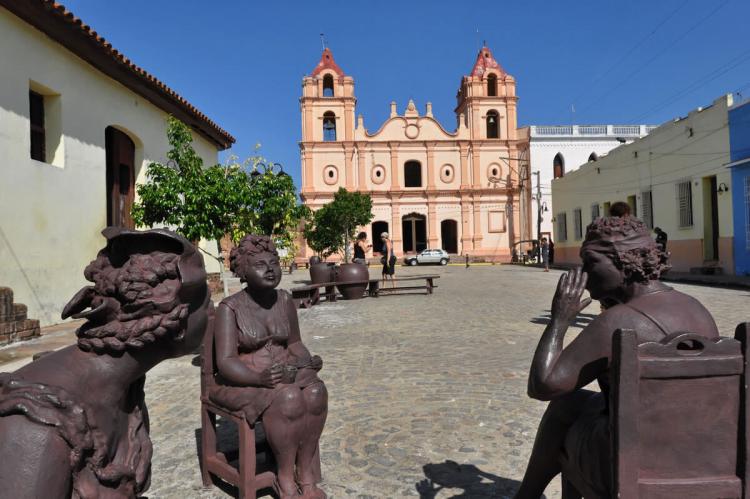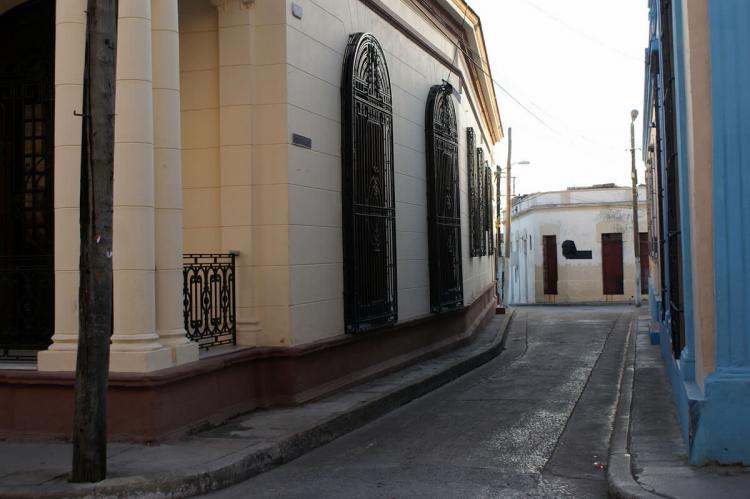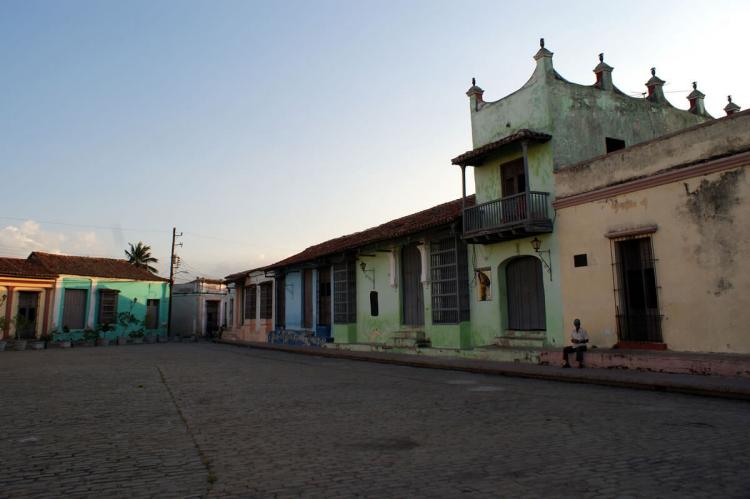Historic Center of Camagüey (Cuba)
The Historic Center of Camagüey, a World Heritage Site, constitutes an outstanding urban architectural type in Latin America, featured by its irregular urban layout that produced an unusual system of squares, minor squares, winding streets, alleys, urban blocks and plots system.
Camagüey
Camagüey is a city and municipality in central Cuba. It is the nation's third-largest city, with more than 321,000 inhabitants. It is the capital of the Camagüey Province. The symbol of the city is the clay pot or tinajón, used to capture rainwater and keep it fresh.
Camagüey is located in the central part of the island of Cuba, on the San Pedro River. Camagüey is a UNESCO World Heritage Site due to its unique urban layout, characterized by narrow, winding streets and hidden alleyways.
The city was founded as Santa María del Puerto del Príncipe in 1514 by Spanish colonists on the northern coast and moved inland in 1528 to the site of a Taino village named Camagüey. It was one of the seven original settlements (villas) founded in Cuba by the Spanish. After Henry Morgan burned the city in the 17th century, it was redesigned like a maze so attackers would find it hard to move around inside the city.
The city is also the birthplace of Ignacio Agramonte (1841), an important figure in the Ten Years' War against Spain. A monument by Italian sculptor Salvatore Buemi, erected in the center of the area to Ignacio Agramonte, was unveiled by his wife in 1912. It is composed of an equestrian statue, reliefs in bronze that reveal fragments of the life of Agramonte, and a sculpture of a woman that symbolizes the motherland.
The settlement was moved inland in 1528 to the site of a Taino village named Camagüey. One of the first seven villages founded by the Spaniards in Cuba, Camagüey played a prominent role as the urban center of an inland territory dedicated to cattle breeding and the sugar industry.
The town developed based on an irregular urban pattern containing large and minor squares, winding streets, alleys and irregular urban blocks, highly exceptional for Latin American colonial towns.
Today, Camagüey is a vibrant and diverse city, a major center for education, culture, and tourism. The city is home to a number of universities, museums, and historical sites. The city is also a popular destination for its music, dance, and food.
Historic Center of Camagüey
The Historic Center of Camagüey, a World Heritage Site, constitutes an outstanding urban architectural type in Latin America. Its irregular urban layout produced an unusual system of squares, minor squares, winding streets, alleys, urban blocks, and plots.
Religious buildings associated with the main squares constitute a system of urban landmarks characterized by homogeneity. Truncated pilasters at the entrance gates and clay vessels for water storage are features that identify Camagüey's domestic architecture.
Architectural values are associated with typical domestic architectural typologies and consistent construction materials and techniques, especially the extended use of earthen components, which reveal influences from Andalusia.
The Historic Center continues to act as the city core and the place for social and cultural activities, which reflect a rich intangible heritage.
